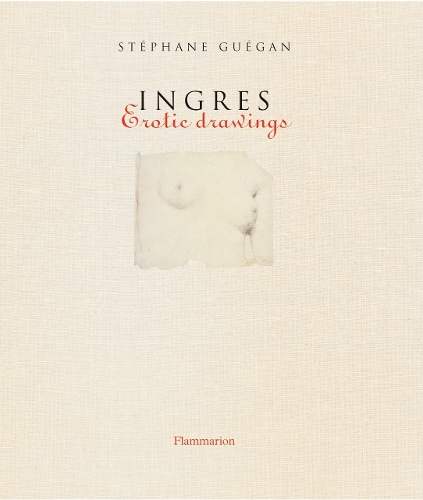
Ingres: Erotic Drawings
(Hardback)
Publishing Details
Ingres: Erotic Drawings
By (Author) Stphane Gugan
Editions Flammarion
Flammarion
11th May 2006
France
Classifications
Tertiary Education
Non Fiction
741.944
Physical Properties
Hardback
96
Width 210mm, Height 221mm
Description
Best known for his celebrated paintings of classical odalisques, Ingres reveals his provocative and erotic art in this collection of sensual drawings. This book places the intimate drawings and paintings of Ingres within the context of the old masters and elucidates his place in the evolution of art in the nineteenth century. Famous for his iconic paintings of "The Grand Odalisque" and "The Turkish Bath", Ingres was also an artist of great erotic intensity and raw sexuality. Baudelaire described him as a painter of "profound sensual delight[s]." Ingres' work is saturated with erotic images, drawings, and paintings, as well as several provocative photographs. The author explores all aspects of his work, both public and private facets, through general themes, as well as minute details. This lascivious repertoire resembles the game of love itself: it's all a matter of approach. The painter's intimate works should not be studied simply as the symptom or as a literal expression of the secret and unfulfilled desires of the painter; Ingres was indeed a more carnal man than is commonly known; his correspondence indicates it and his paintbrush confirms it. Inviting us to discover the inherent inventiveness and the multiple motivations for creating this erotic oeuvre, the book explores a rich and often over-looked aspect of Ingres' art.
Author Bio
Stephane Guegan is an art historian and head of the cultural department at the Musee d'Orsay in Paris. He has published numerous books in his native France, including works on Gaugin, Delacroix, and Chasseriau. He was co-curator of the exhibition Chasseriau: The Unknown Romantic at The Metropolitan Museum of Art in New York, the Grand Palais in Paris, and the Musee des Beaux-Arts in Strasbourg, in 2002 - 2003. The English catalog for this exhibition, Theodore Chasseriau, 1819 - 1856: The Unknown Romantic, was published by the Metropolitan Museum of Art in 2002.
